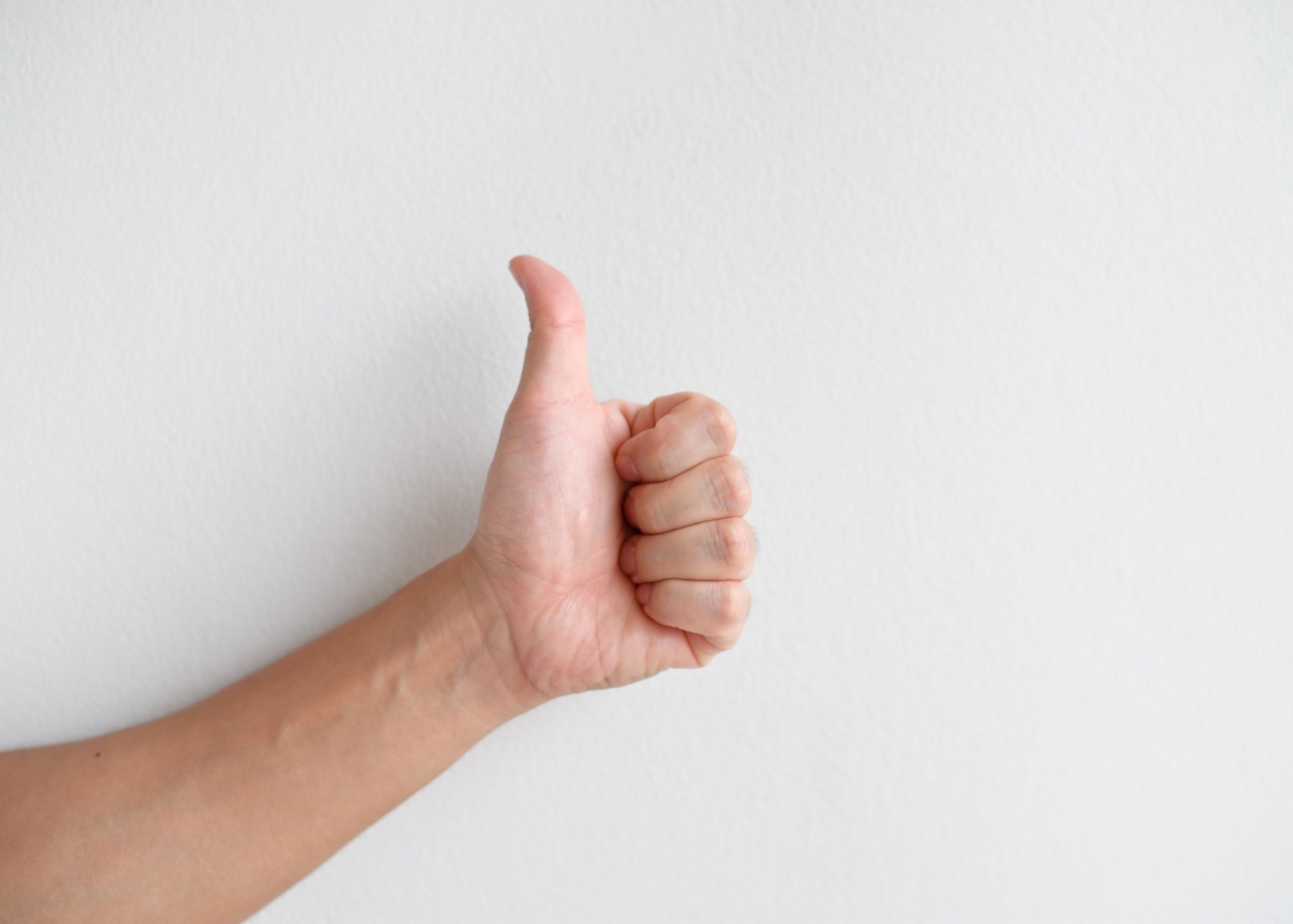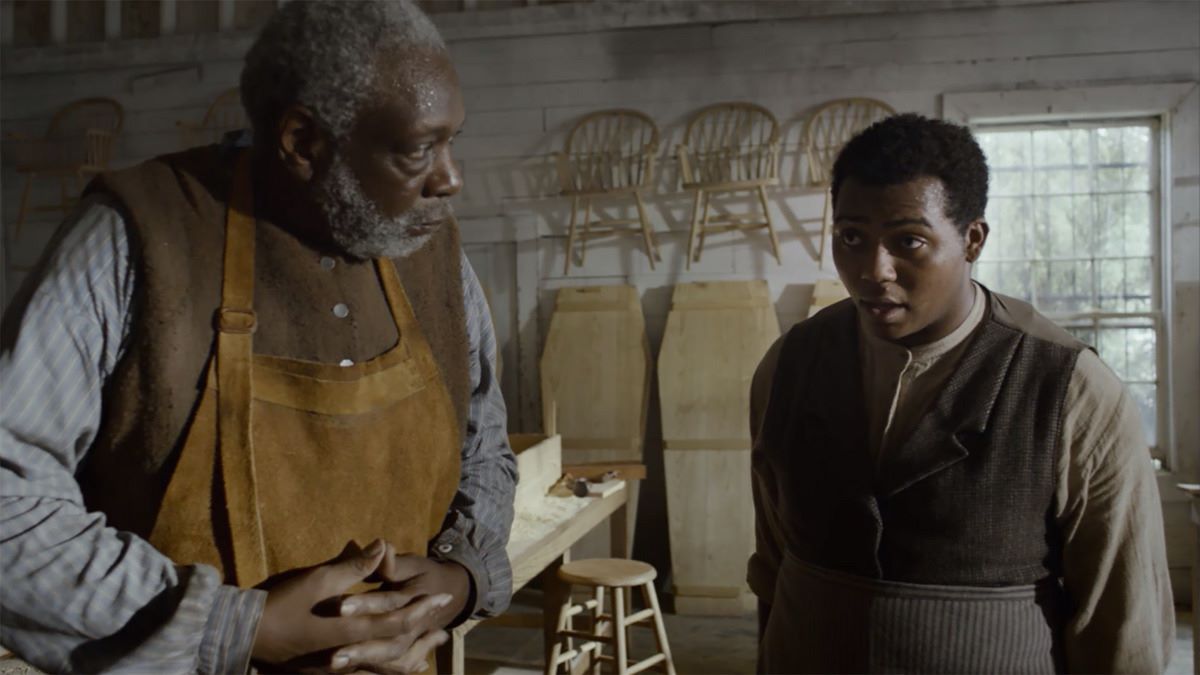
When it comes to the human body, there are fascinating facts and wonders waiting to be discovered. One such wonder resides right at the end of our hands – the thumb. Although it may seem like a small and insignificant part of our body, the thumb plays an incredibly significant role in our daily lives. From gripping and grasping objects to providing a strong opposition to our fingers, the thumb is a remarkable digit that sets humans apart from many other species.
In this article, we will delve into the world of the thumb and uncover some unbelievable facts that will leave you amazed. Prepare to be astonished as we explore the anatomy, function, and extraordinary abilities of this seemingly unimposing appendage. So, let’s embark on this thumb-oriented journey and unravel the mysteries behind one of the most iconic features of the human body.
Key Takeaways:
- Your thumb is a powerhouse! It has its own pulse, unique prints, and special nerve supply. It’s crucial for gripping, writing, and even symbolizing approval. So, give your thumb some love!
- Thumbs up for the incredible thumb! It’s the only finger that can touch all others, has a wide range of motion, and plays a big role in handwriting. Plus, it’s been a symbol of approval since ancient times!
The thumb is the only finger that can touch all the other fingers.
Yes, you heard it right! The thumb is highly mobile and versatile, allowing it to cross over and touch the tips of the other four fingers. This unique ability is what sets the thumb apart from the rest.
Your thumb has its own pulse.
Next time you hold your thumb up to your wrist, you will feel a faint pulsation. That’s because the thumb has its own dedicated blood supply, and the pulse you feel is the result of blood flowing through the arteries in your thumb.
Thumbprints are unique, just like fingerprints.
Thumbprints, like fingerprints, are unique to each individual. Even identical twins have different thumbprints. This distinct pattern of ridges and valleys on the surface of the thumb makes it a reliable tool for identification purposes.
Thumbs play a crucial role in precision gripping.
The opposable nature of the thumb allows us to grip and manipulate objects with great precision. Whether you’re holding a pencil, using chopsticks, or playing a musical instrument, your thumb is instrumental in facilitating these fine motor skills.
The thumb is connected to powerful hand muscles.
The thumb is linked to a group of muscles called the thenar muscles, which are responsible for generating strength and power in the hand. These muscles enable us to perform gripping actions and exert force using our thumb.
Thumb sucking is a natural instinct.
Babies have a natural inclination to suck their thumbs as a way to soothe themselves. Thumb sucking provides comfort and is also believed to aid in the development of the jaw and facial muscles.
The thumb has the widest range of motion of any finger.
With its ability to move in a variety of directions, the thumb boasts the greatest range of motion among all the fingers. This flexibility allows us to perform intricate tasks such as writing, buttoning clothes, and using tools.
The thumb has its own special nerve supply.
The thumb is innervated by the median nerve, which is one of the major nerves in the hand. This nerve ensures proper sensation and motor function in the thumb, enabling us to feel and manipulate objects with precision.
Thumbs have been used as a symbol of approval since ancient times.
Raising your thumb to signify approval or agreement can be traced back to ancient Roman times. Roman crowds would extend their thumbs upward to spare a defeated gladiator’s life, while thumbs pointing downward meant death.
The strength of your grip is influenced by your thumb.
When you squeeze your hand tightly, the thumb contributes significantly to the overall strength of your grip. It helps maintain stability and enhances the force exerted on objects held in the hand.
Thumb injuries are common in sports.
Athletes involved in sports that require gripping, catching, or throwing objects are prone to thumb injuries. Conditions like sprains, fractures, and ligament tears can occur due to excessive force or improper hand positioning.
Thumbprints were used as signatures in ancient civilizations.
Ancient civilizations like Babylon and China used thumbprints as a form of identification and authentication. Thumbprints were pressed onto legal documents, contracts, and even clay tablets to ensure the integrity and authenticity of the agreement.
Thumb length can indicate genetic traits.
Researchers have found a connection between the length of a person’s thumb and certain genetic traits. For example, a longer thumb in relation to the other fingers has been associated with an increased risk of certain medical conditions.
Thumbs are not present in all animals.
While thumbs are a defining characteristic of primates, not all animals possess thumbs. This unique digit provides primates with an evolutionary advantage, allowing for enhanced dexterity and a vast range of functional movements.
The thumb has cultural and symbolic significance.
Throughout history, the thumb has held cultural and symbolic significance. In some cultures, giving a thumbs-up gesture signifies approval or agreement, while in others, it represents a dismissal or insensitivity.
Thumbs have a significant impact on handwriting.
The thumb plays a vital role in the mechanics of handwriting. It provides stability and control, ensuring smooth and precise movements of the pen or pencil while creating legible letters and words on paper.
These are just 16 of the many unbelievable facts about the thumb. Its unique anatomy and functionality make it an essential part of our everyday lives. So, the next time you use your thumb to grip, pinch, or make a thumbs-up gesture, remember just how remarkable this little finger is.
Conclusion
In conclusion, the human thumb is an incredible part of our anatomy that often goes unnoticed. It may seem small, but it plays a vital role in our daily lives, enabling us to perform a wide range of tasks with precision and dexterity. From grasping objects to using tools, our thumbs are essential for carrying out even the simplest activities.Not only is the thumb functional, but it also holds some fascinating facts. Did you know that the thumb has its own unique muscle called the opponens pollicis? This muscle allows us to oppose our thumb to the other fingers, giving us the ability to perform tasks like gripping.Additionally, the thumb is responsible for giving humans an evolutionary advantage over other species. Its opposable nature gives us the ability to use tools effectively, leading to advancements in technology and civilization.Overall, the thumb truly deserves more recognition for its remarkable capabilities. Next time you use your thumb, take a moment to appreciate its complexity and the role it plays in making our lives easier.
FAQs
1. Why is the thumb opposable?
The opposable nature of the thumb is attributed to its unique joint structure and muscle arrangement. This allows the thumb to move independently and oppose the other fingers, giving us the ability to grasp objects with precision.
2. Can you live without a thumb?
While it is possible to live without a thumb, it would significantly impact daily activities and limit the functionality of the hand. The thumb plays a crucial role in tasks that require precision and fine motor skills.
3. Are thumbs the same size on both hands?
No, thumbs can vary in size between individuals, and they can also be slightly different in size between the left and right hand. However, the size difference is usually minimal and doesn’t affect their functionality.
4. Are there any medical conditions associated with the thumb?
There are several medical conditions that can affect the thumb, such as thumb arthritis, trigger thumb, and de Quervain’s tenosynovitis. These conditions can cause pain, stiffness, and limited mobility in the thumb.
5. Can fingers replace the function of the thumb?
Fingers are not capable of fully replacing the function of the thumb. The opposability and flexibility of the thumb are unique and allow for precise movements and grasping. Without the thumb, certain tasks would be much more challenging to perform accurately.
From the world of film criticism to the wonders of nature, there's always more to explore. Delve into the captivating life of Gene Siskel, a renowned critic who shaped the way we view movies. For those with a green thumb, the zebra cactus offers a unique and striking addition to any plant collection. If you're curious about the science behind plants, our article on botany provides intriguing facts that will leave you marveling at the natural world. Keep reading to satisfy your curiosity and expand your knowledge on a variety of fascinating topics.
Was this page helpful?
Our commitment to delivering trustworthy and engaging content is at the heart of what we do. Each fact on our site is contributed by real users like you, bringing a wealth of diverse insights and information. To ensure the highest standards of accuracy and reliability, our dedicated editors meticulously review each submission. This process guarantees that the facts we share are not only fascinating but also credible. Trust in our commitment to quality and authenticity as you explore and learn with us.


